
Soil Health & Fertilization
We unite suppliers and green industry professionals worldwide
Upright Rosemary (Rosmarinus officinalis) is one of the most popular and useful herbs in the world. This hardy species is appreciated for its aromatic leaves and stately growth, as well as in the kitchen, garden, and for its medicinal properties.
By Mariam Scott
|Published on September 25, 2025
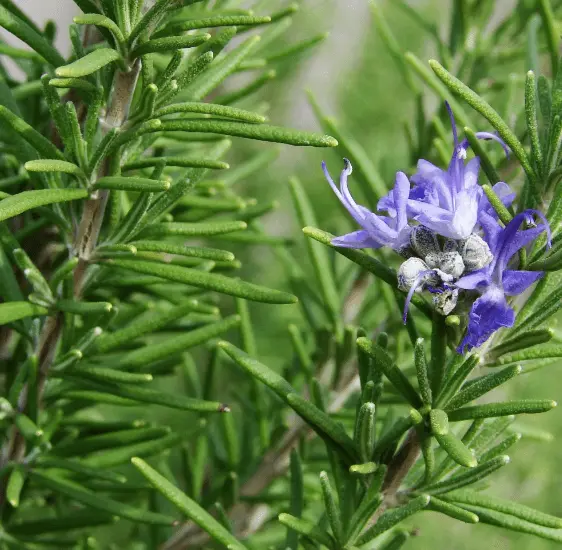

Upright Rosemary (Rosmarinus officinalis) is one of the most popular and useful herbs in the world. This hardy species is appreciated for its aromatic leaves and stately growth, as well as in the kitchen, garden, and for its medicinal properties. With its needle-like evergreen leaves and dainty blooms, Upright Rosemary brings a scent and color to any garden bed, border, or container year-round.
Upright Rosemary is native to the Mediterranean, so it loves the sunny and dry climate and has adapted well to many growing conditions. Its relatively compact and upright habit sets it apart from creeping forms of rosemary, and makes it useful as a hedge, as a specimen plant, and as a culinary plant. In addition to being beautiful and aromatic, Upright Rosemary has been valued for centuries for its culinary, medicinal, and cultural uses.
| Scientific Name | Rosmarinus officinalis (syn. Salvia rosmarinus) |
| Common Names | Upright Rosemary, Garden Rosemary |
| Family | Lamiaceae (Mint family) |
| Genus | Rosmarinus (recently reclassified under Salvia) |
| Species | Rosmarinus officinalis |
| Growth Form | Evergreen perennial shrub |
| Cultivars | Notable upright cultivars include ‘Tuscan Blue’, ‘Miss Jessopp’s Upright’, and ‘Blue Spires’. |

September 25, 2025
9 minute read
September 24, 2025
9 minute read
September 23, 2025
10 minute read
September 22, 2025
9 minute read


Join as a seller and connect with thousands of B2B buyers nationwide!
Sign Up
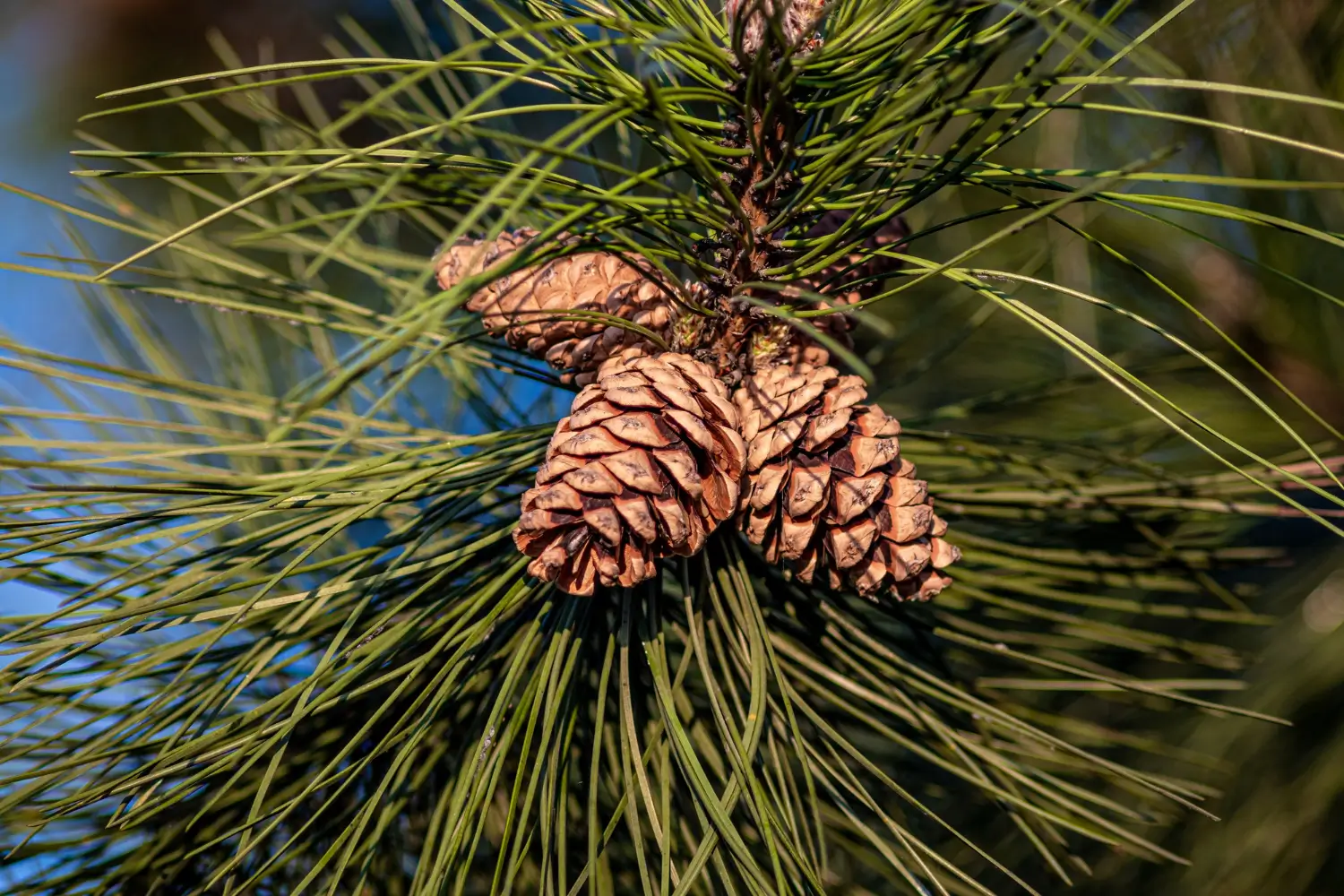
Eastern White Pine
The eastern white pine is a tall and beautiful evergreen native to the vast forests of eastern North America.
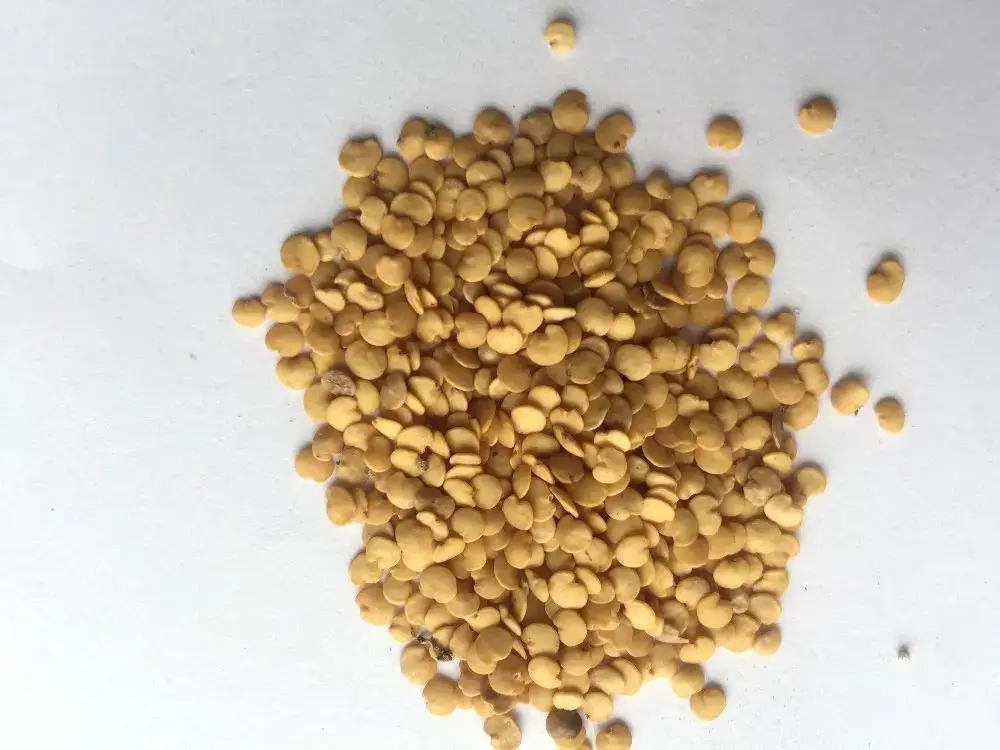
Eggplant
Aubergine (Solanum melongena) is a favorite vegetable that also has deep purple skin and creamy, smooth flesh.
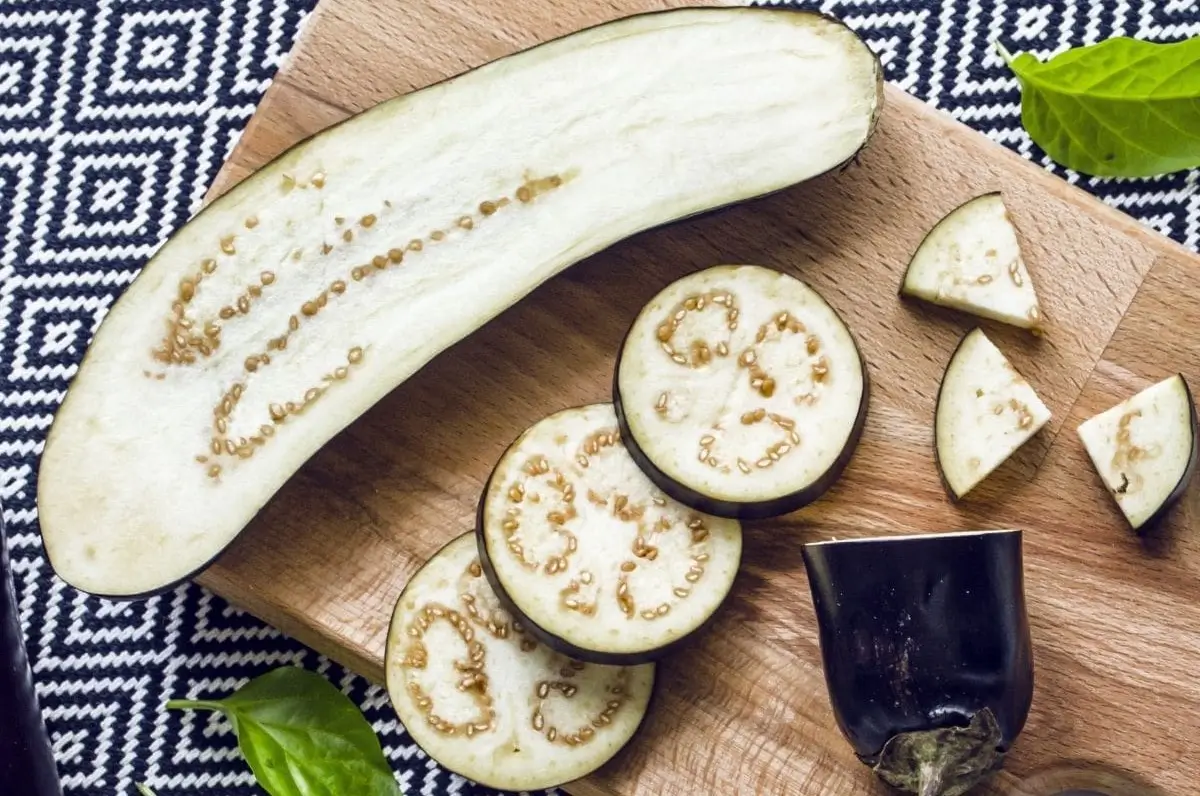
Eggplant Italian
Italian eggplant is a healthy, nutritious, and low-maintenance vegetable that grows well in warm and sun-drenched regions
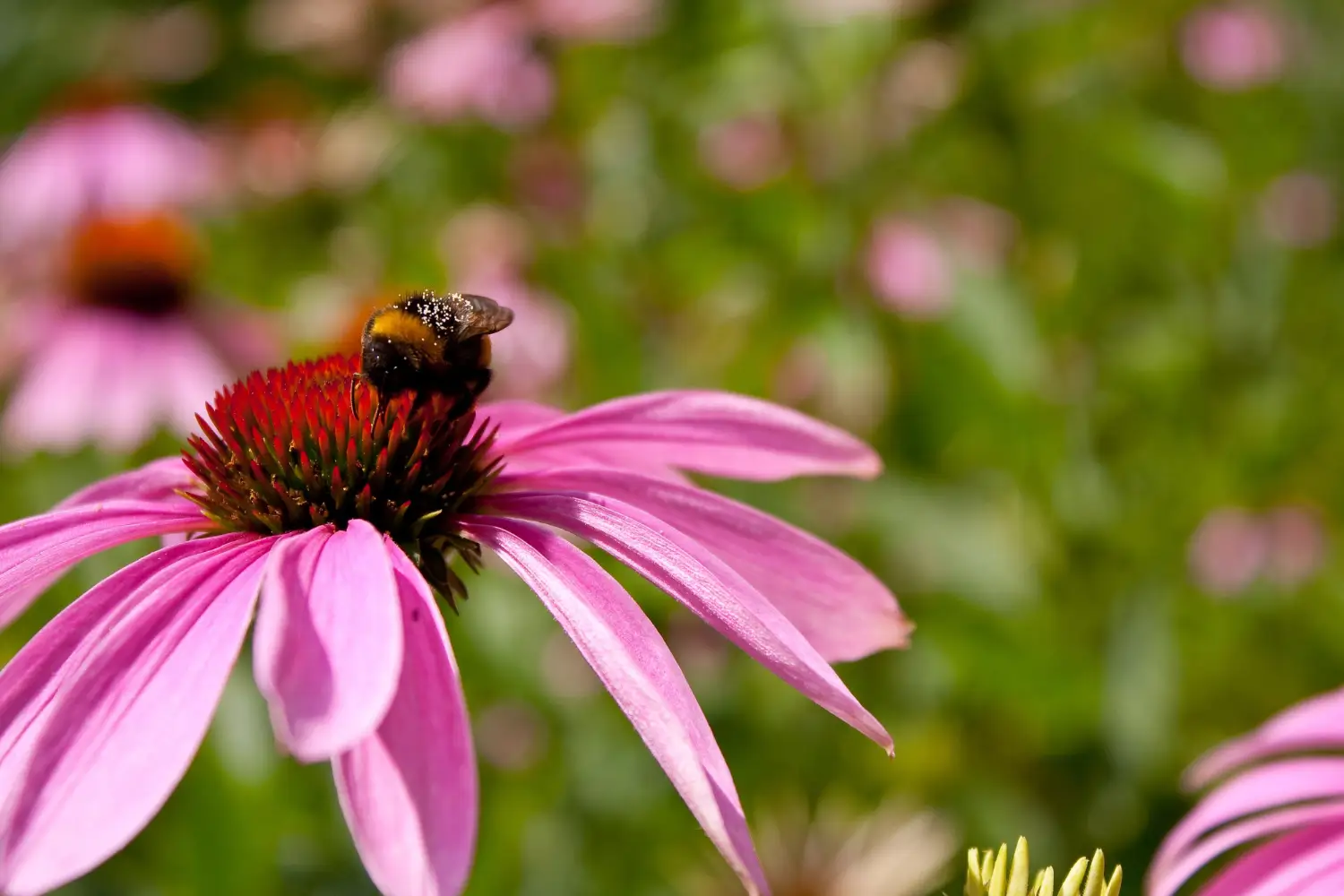
Echinacea
Echinacea is a vibrant and hardy flowering plant known for its bright, colorful blooms and distinctive charm.
More than an ordinary culinary herb, Upright Rosemary is a multifunctional, decorative, hardy plant that has some unique characteristics:
From culinary uses to decorative value, Upright Rosemary is truly one of the most useful plants for home and garden alike.
To grow well, Upright Rosemary needs the following conditions that are similar to its natural Mediterranean environment:
Rosemary seeds are small and subtle, often neglected in favour of the more commonly used cuttings.
Growing Upright Rosemary from seed is possible but slow and inconsistent as compared to growing from cuttings.
Knowing how long Upright Rosemary seeds will last and how hardy they are to germinate is important for successful cultivation.
Propagation is an important aspect of growing Upright Rosemary, and while seeds can be used, cuttings are more convenient.
Rosemary is fairly resistant and hardy, but a few pests and diseases can affect its growth.
For effective and safe solutions to keep your rosemary healthy, check out Growcycle’s full range of pest control products.
To maintain the long-term viability of the harvested material and seeds, proper handling of them is critical:
Upright Rosemary is a lovely, durable shrub that is both ornamental and culinary and medicinally useful. Its upright habit makes it suitable for hedges and formal plantings; but its fragrant leaves are a mainstay in kitchens the world over. Cuttings are the most preferred mode of propagation due to their higher success rate as compared to the propagation by seed. Whether used as an edible, as an ornamental or as a fragrance, Upright Rosemary will provide years of functional and ornamental beauty to your garden.
Rosemary will take 2-3 years to reach full height, but can be harvested for sprigs within the first season after planting.
Yes, in USDA zones 8–10. In cooler climates, cultivate in pots and bring indoors, or protect from frost.
Yes, the strong fragrance given off by rosemary keeps deer and rabbits away.

Soil Health & Fertilization
Victor Miller

Pest Identification & Prevention
Victor Miller

Lawn Care Tips & Maintenance
Victor Miller

Soil Health & Fertilization
Victor Miller

Smart Irrigation Systems
Victor Miller

Patios, Walkways & Driveways
Victor Miller

Soil Health & Fertilization
Victor Miller

Pest Identification & Prevention
Victor Miller
My Account
Our team is always here to help.
We are open Monday - Friday, 9:00 AM to 4:30 PM PST.